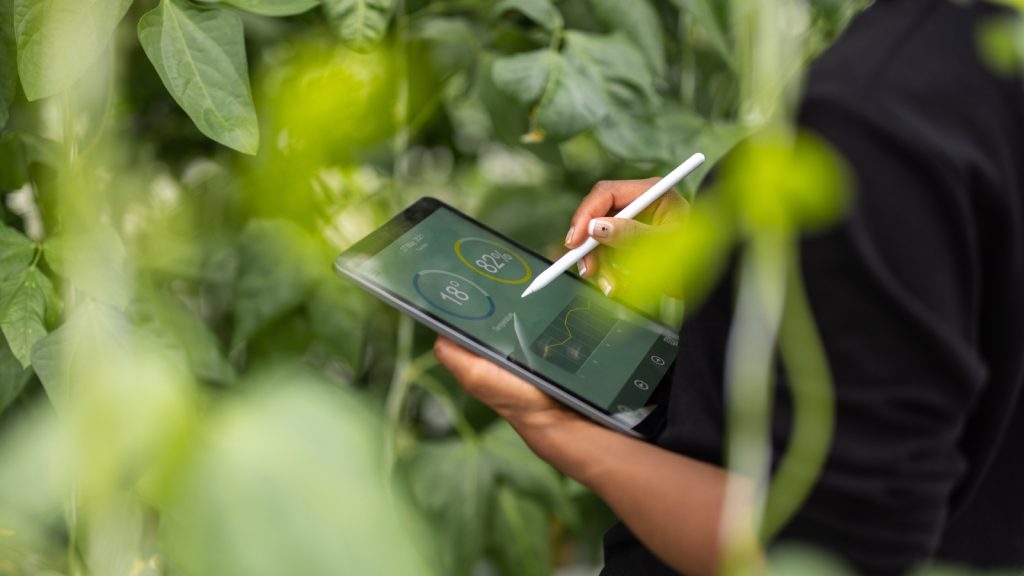
How to navigate the B2B e-commerce journey
Perspectives
How to navigate the B2B e-commerce journey
Wed 15 Feb 2023
E-commerce has risen across the business-to-business (B2B) landscape over the past two years at a record pace due to the paradigm shift that Covid-19 disruptions have brought. But how does a company that sells exclusively to other businesses capitalise on this growth in e-commerce and manage the multiple touchpoints before products arrive at their destination?
There are multiple touchpoints at the intersection of B2B commerce before the products even begin making their way to their destination. Throughout the process, we see numerous stakeholders collaborate in cross-functional industries to serve other businesses as customers. These stakeholders encompass manufacturers, producers, suppliers, freight, transportation, distributors, and wholesalers.
The evolving B2B e-commerce sales cycle
Accelerated by the Covid-19 pandemic, digital transformation has materialised in B2B e-commerce over the past few years at record pace, with projections showing that in 2023, 17% of B2B sales will be generated online – up by 3% compared to 2020. In the US alone, online B2B sales will have reached $1.8 trillion by 2023, according to Forrester.
These figures mark a clear shift in the sales cycle for B2B with customer warehouses largely replacing in-person meetings and all-consuming travel days. Indeed, a McKinsey & Company study found that 65% of B2B companies are exclusively selling online.
The widespread adoption of business-to-consumer digital strategies, omnichannel touchpoints to meet a customer, and the growth of small business start-ups have changed customer journeys and business relationships.
What impact does this trend have on my business?
B2B customers’ expectations are shifting in line with the evolving B2B e-commerce sales cycle as they seek an ease-of-use experience like when they shop online for personal needs. With internal systems often being complex, the customer expects to have a convenient and seamless experience, tracing the end-to-end result when placing an order, from the initial order placement through to the final delivery to the final destination. To avoid customer attrition, these processes must now be fast and preconnected, providing a personalised journey and ensuring ease of use functionality, such as re-order templates and fulfilment updates from the back-office order management systems.
To keep up with this trend, businesses must invest in the right integration architecture. In the current climate, a website that simply accepts a transaction is no longer enough. Instead, the business must invest in robust integrations and processes that are automated and that cover the entire customer journey, including real-time inventory and order fulfilment.
For example, if a consumer buys online to pick up in store, there should be an easy and seamless pickup process with no double entry. Yet, this harmonisation can be challenging for many companies that have different, disparate systems. In this scenario, integrations must be sustained through multiple versions over the years to reap successful results in the long-term. This is particularly fragile as updates are made to legacy systems causing disruptions in the flow of data across systems resulting in lower than desired customer experiences.
There is already software on the market that addresses these key issues, including Microsoft Dynamics 365 Commerce which offers the required efficiencies that create omnichannel touchpoints and which expands the capability of meeting customer expectations and redefine supply and demand.
Seamless integration is also critical for employee efficiency, especially during volatile periods like now. The harmonisation of systems across all fronts of the business facilitates improved employee satisfaction and, consequently, retention.
With technology providers like Microsoft continuing to invest into new system capabilities, businesses can remain hyperconnected with customers and successfully navigate the B2B e-commerce journey.















